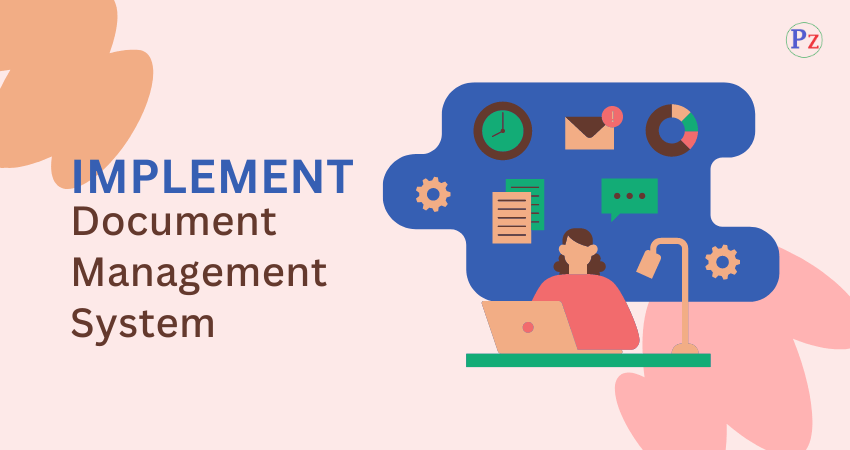WHAT IS FMEA?
✓ Failure Mode and Effect Analysis (FMEA), also known as risk analysis, is a preventive measure to systematically display the causes, effects, and possible actions regarding observed failures.
✓ The objective of FMEA is to anticipate failures and prevent them from occurring. FMEA prioritises failures and attempts to eliminate their causes.
✓ FMEA is an engineering technique used to define, identify and eliminate known and/or potential failures, problems, errors which occur in the system, design, process and service ‘before they reach the customer’.
✓ FMEA is a ‘before-the-event’ action and is done when existing systems/products/processes are changed or redesigned.
✓ FMEA is a never-ending-process improvement tool.
TYPES OF FMEA
The several types of FMEA include:
- System FMEA – Analyzes components, subsystem and main system in early stage of design.
- Design FMEA – Analyzes the products/parts before they are released to manufacturing.
- Process FMEA – Focuses on manufacturing and assembly processes.
- Service FMEA – Analyzes service industry processes before they are released to impact the customer.
- Equipment FMEA.
- Maintenance FMEA.
- Concept FMEA.
- Environmental FMEA.
However, in practice, all the above types can be broadly categorised into two types.
They are:
1. Design FMEA
✓ Design FMEA involves the analysis of the potential failures of product or service due to component or subsystem unreliability.
✓ Design FMEA is to establish priorities based on expected failures and severity of those failure.
2. Process FMEA
✓ Process FMEA involves a failure analysis of a manufacturing process.
✓ The process FMEA is used primarily to identify areas of criticality of
control and to emphasize the design and more reliable process.
✓ It may be noted that equipment, service, and environmental FMEA are slightly modified versions of process FMEA.
BENEFITS OF FMEA
Properly used FMEA provides several benefits. FMEA is used to:
✓ Improve product/process reliability and quality.
✓ Increase customer satisfaction.
✓ Early identification and elimination of potential product/process failure modes.
✓ Prioritize product/process deficiencies.
✓ Capture engineering/organization knowledge.
✓ Document and track the actions taken to reduce risk.
✓ Provide focus for improved testing and development.
✓ Minimize late changes and associated cost.
✓ Act as catalyst for teamwork and idea exchange between functions.




